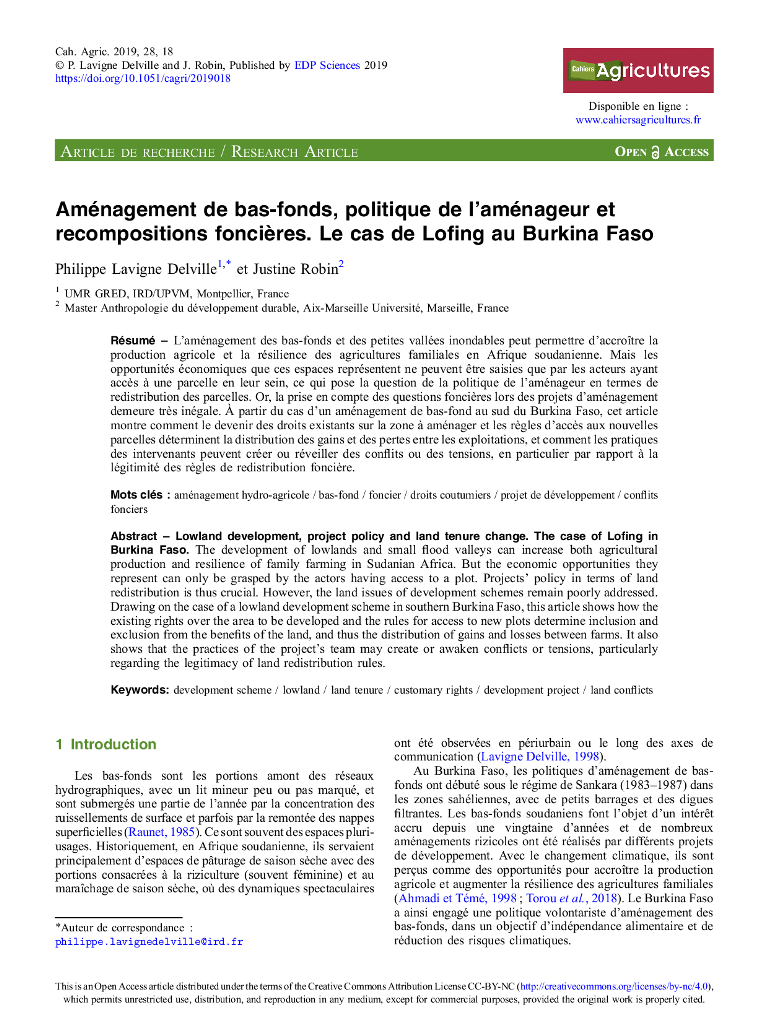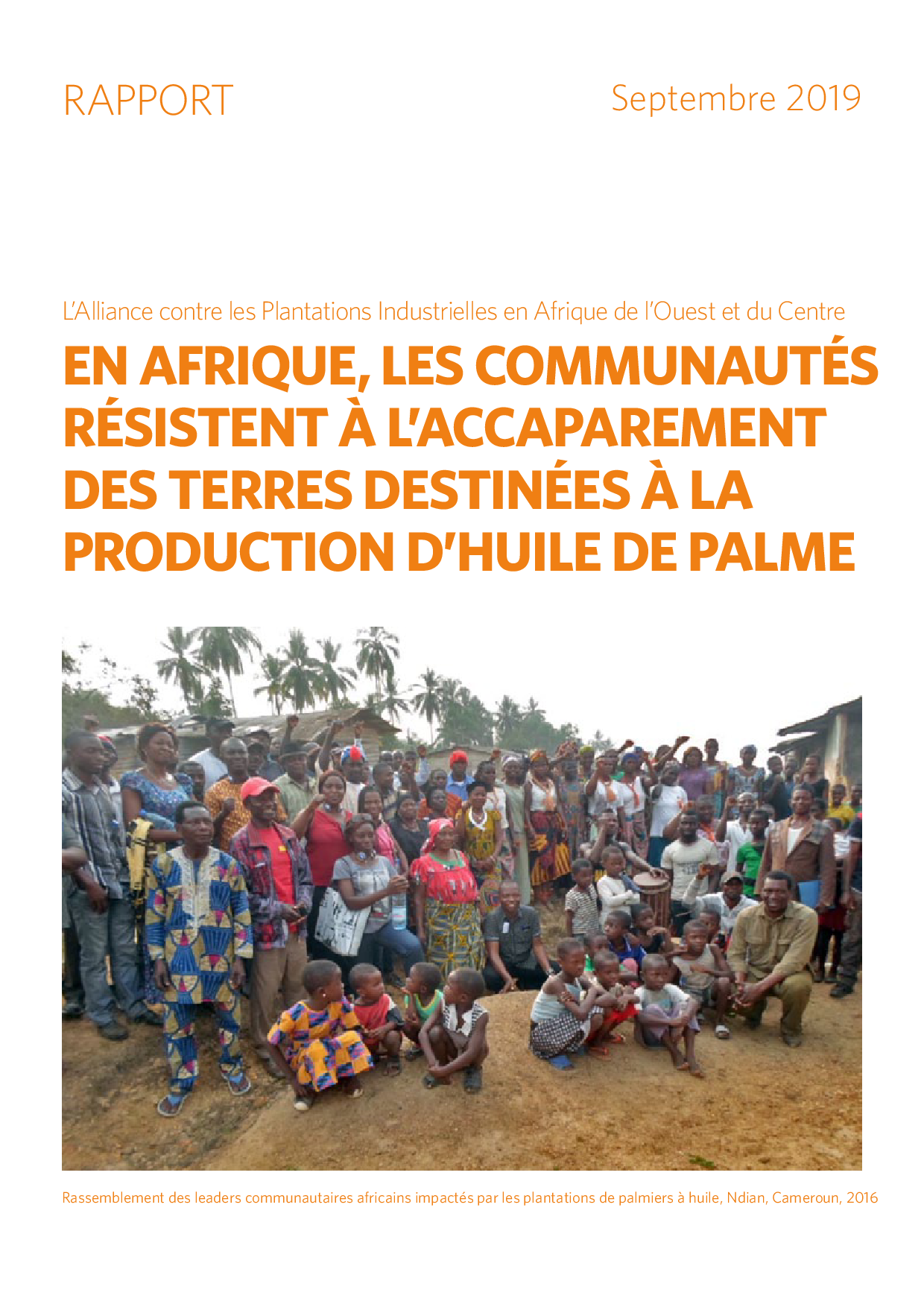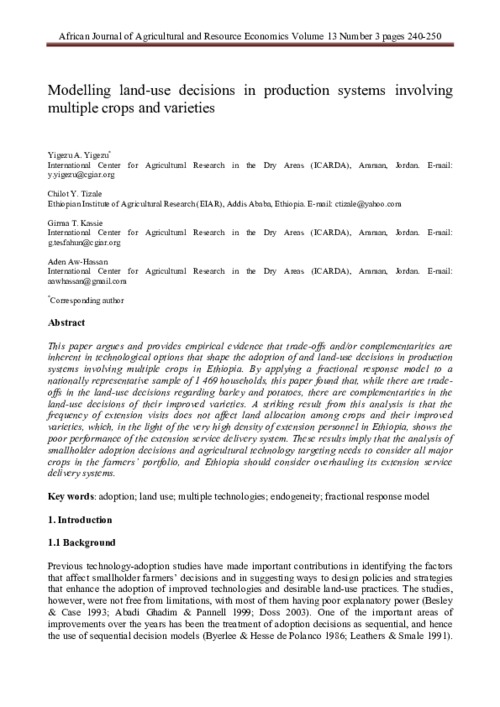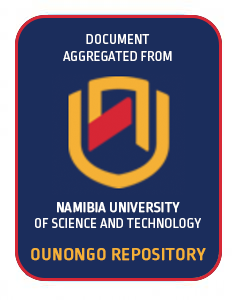Negotiating Contracts with Investors - Guide 2 For community members and advocates interacting with potential investors
This guide for legal advisors, community leaders and members builds on Guide 1 in this series. If a community decides to negotiate with a potential investor, this guide describes issues that can be included in a community–investor contract. It also explains what language should be avoided in the contract. It is designed to help communities negotiate a contract with an investor that is clear, fair, and equitable.







